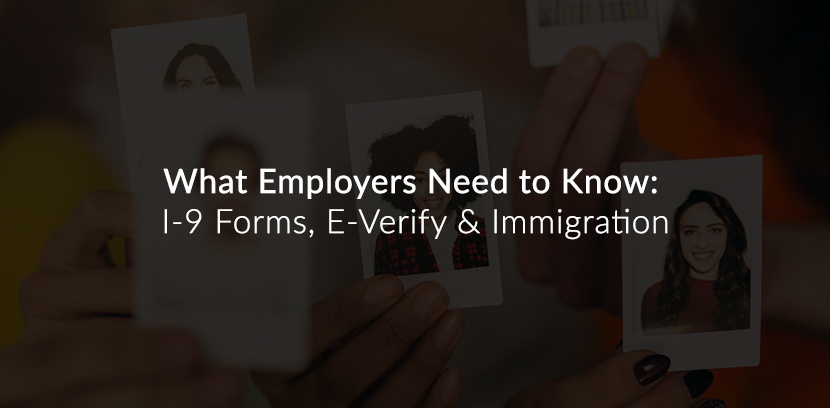
Currently, the Immigration Reform and Control Act of 1986 requires all employees to complete verification of their eligibility to work in the United States by completing an I-9 form and submitting valid forms of identification. Many employers that wish to remain compliant during I-9 audits have chosen to use an electronic version of the I-9 form or E-Verify. Some states have mandated E-Verify for all employers or at least federal employees.
Changes in immigration laws, President Trump, and the new administration can lead to expected changes for employers as well. Here's what to expect.
Immigration and Refugees
In September of 2016, 10,000 refugees had been successfully vetted and placed within the United States. Refugees face extensive screening, security checks and interviews before arriving in this country. Less than 1% of those applying for refugee status with the United Nations are granted referral and those are only the most vulnerable, typically women and children. Landlords and employers are encouraged to offer housing and employment, in some cases receiving tax breaks, or working with resettlement agencies to assist.
Refugees are already fully authorized to work within the U.S., issued an Employment Authorization Document (EAD, Form I-766) and granted an unrestricted social security card. Employers can still verify the documentation and use E-Verify if the EAD is expired and after the individual receives a social security number. The USCIS lists the acceptable forms of I-9 documents to verify work eligibility in the U.S.
As of this writing, the Immigration Executive Order that temporarily suspends entry of all refugees into the United States for 120 days, bars Syrian refugees indefinitely, and blocks entry of citizens from Iran, Iraq, Libya, Somalia, Sudan, Syria and Yemen for 90 days, has been blocked by the 9th Circuit Court of Appeals. President Trump has said he will appeal the case to the Supreme Court. To learn more about temporary employment-based visas or permanent employment-based immigration, employers are advised to review this fact sheet from the American Immigration Council.
Electronic I-9 and E-Verify
In 2006-7, E-Verify was created as part of an online interface that allowed employers to access the USCIS (U.S. Citizenship and Immigrations Services) database to verify employment eligibility. The web-based program dramatically reduced data errors and mismatches in the databases, allowing employers to retrieve more accurate information and faster than ever before.
Depending on the employer, if the employer is public or private, and the state location, employers may or may not be mandated to use E-Verify for verification of employment eligibility. VeriFirst is currently updating a complete list of E-Verify requirements in every state, however employers may soon be required to use E-Verify in every state for every employee.
Senator Chuck Grassley originally introduced legislation in 2015 and has reintroduced legislation in January 2017 that would "permanently authorize and require employers to use the E-Verify program." The Accountability Through Electronic Verification Act was created to reduce employers from hiring illegal immigrants and "safeguard job opportunities for Americans and other legal workers." Although the E-Verify program is set to expire in April, 2017, the Trump administration's promise to put American workers and jobs first, and with a Republican-led Congress, this bill could pass within the next few months.
Employer Responsibilities with Form I-9
VeriFirst is a certified employer agent with the U.S. Department of Homeland Security and U.S. Citizenship and Immigration Services. We help businesses stay compliant using our integrated background screening and Form I-9 verification platform, the "Compliance Cloud". Many of the services offered are free of charge. Contact us to learn more.
E-Verify® is a registered trademark of the U.S. Department of Homeland Security.
